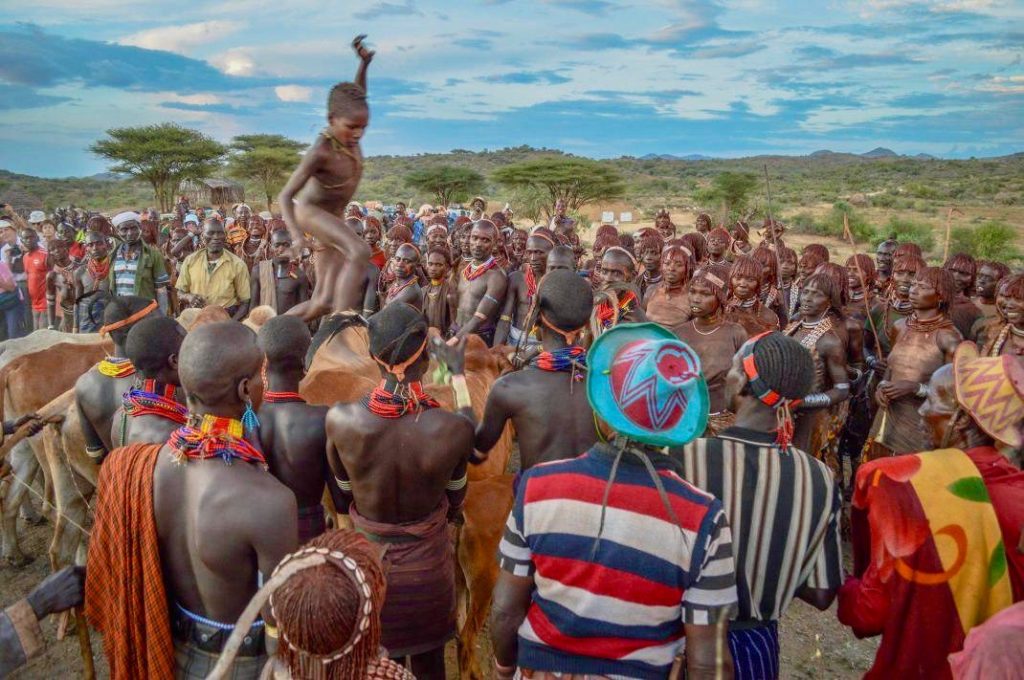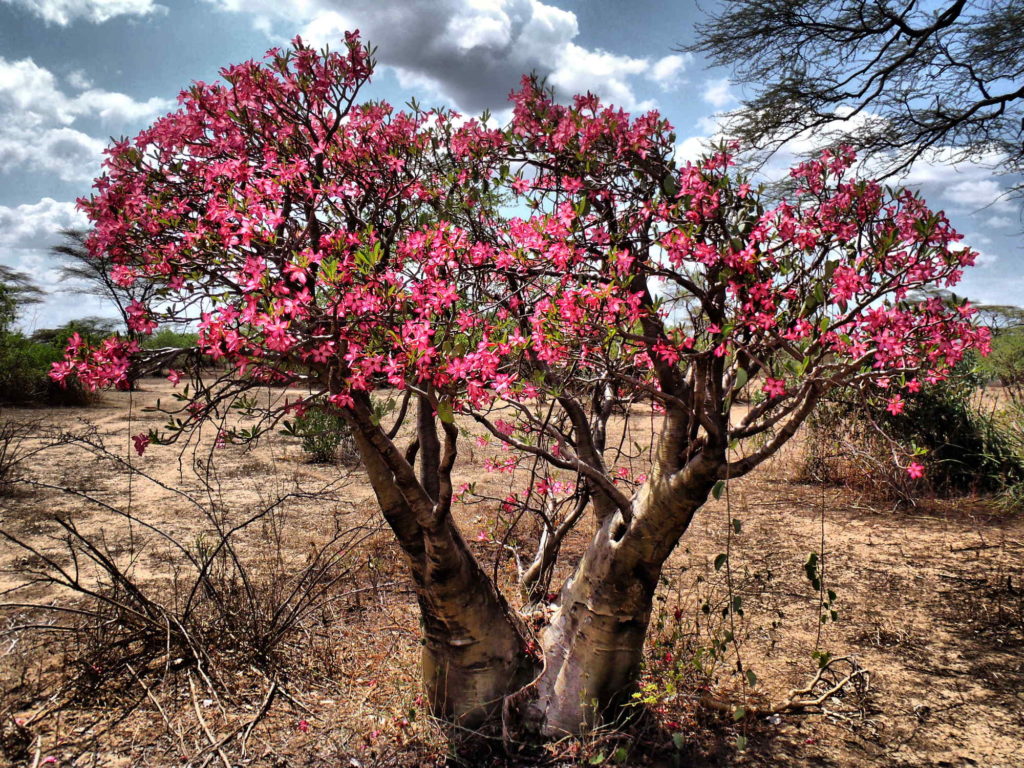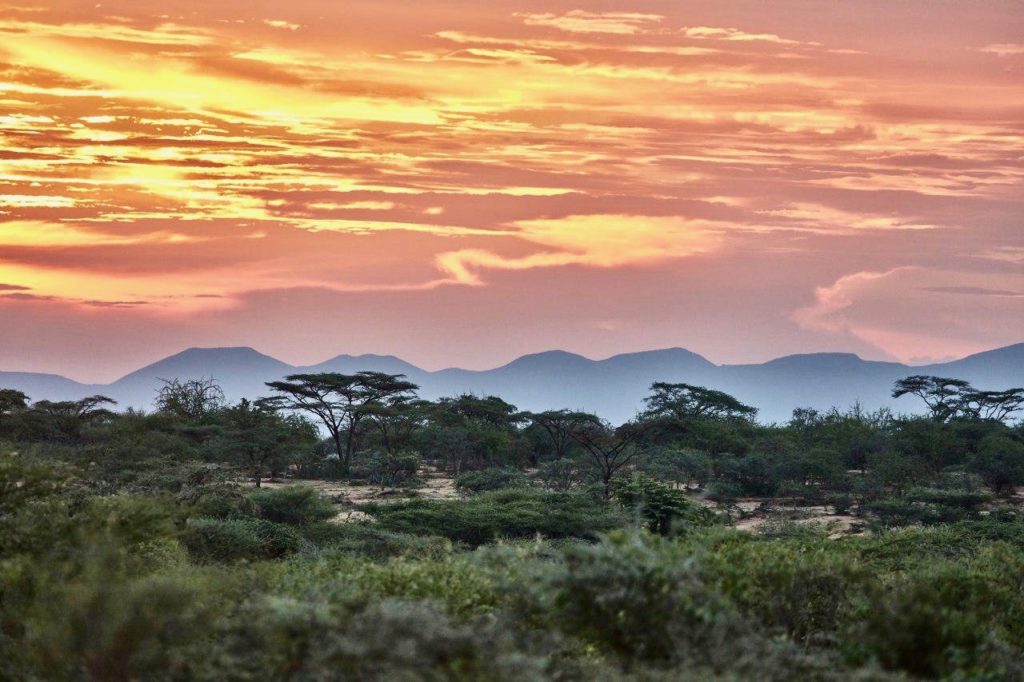Located in Southwest Ethiopia, the Lower Omo Valley is one of the most diverse areas in East Africa. Home to some of Africa’s most traditional tribes, the region was once inhabited by our earliest ancestors and is the place where the earliest known discovery of Homo Sapiens fossil fragments was found. This exceptional archaeological and cultural wealth led the area to be designated a UNESCO World Heritage Site in 1980. The spectacularly beautiful Omo Valley also boasts a diverse ecosystem ranging from arid lowlands to lush high-mountain areas, volcanic outcrops, and one of the few remaining ‘pristine’ riverine forests in semi-arid Africa which supports a wide variety of wildlife.

Archeological Wealth
Ethiopia possesses an exceptional archaeological wealth, exceptionally significant to the research of prehistoric human and its material culture. The site was designated a UNESCO World Heritage Site in 1980 for its renewed prehistoric discovery of fossils and exceptional present cultural activities. The Unesco also noted that the discoveries of ancient stone tools in an encampment offers evidence of the oldest known technical activities of prehistoric beings, thus making the property one of the most significant for mankind. All these awe-inspiring archaeological findings contributed to give Ethiopia the title of “cradle of mankind”.
The entire Omo river basin is significant geologically and archaeologically: the age-old sedimentary deposits in the Lower Omo Valley are world renowned for the discovery of many hominid fossils, that have been of fundamental importance in the study of human origins and evolution. These fossils include the remains of Homo gracilis and Australopithicines estimated at some 2.5 million years old, as well as the earliest known bone fragments of Homo sapiens, dating from 195,000 years ago.

A mosaic of cultures
In addition to its scientific significance, the tribes that live in the lower Omo Valley are believed to be among the most fascinating on the continent of Africa and around the world, as the lower valley of the Omo has been a crossroads for thousands of years as various cultures and ethnic groups migrated around the region. More than forty tribes reside in the area and the valley is home to about 200,000 people.
The authenticity and cultural diversity of the Mursi, Suri, Nyangatom Dizi and Me’en have attracted researchers on diversity. The place is also a home for Omotic-speakers of the South Omo and includes the Ari, Maale, Daasanach, and Hamar-Banna. In her article titled ”Why Is Ethiopia’s Omo Valley Region So Rich in Culture?” Albee Yeend (2017) observed the distinctive features of each tribe: the Karo’s decorate their bodies and hair with chalk paint to imitate the guinea fowl and paint multi-coloured facemasks; the Mursi, for their part, are quite simply one of the most fascinating tribes, as women wear huge clay lip-plates while men have stick fighting rituals. As for the Hamer tribe, the men practice the ‘Bull Jumping’ – a three-day initiation rite held every spring – and the women are some of the most beautiful in East Africa; and let’s not forget the crocodile- hunting Dassanech, the most southerly of the tribes who live in Omo Valley. The Bana, Tsamai, Konso, Erbore, Borana and Gabbra have their own equally exclusive and interesting customs.
The traditions of the Omo Valley tribes are deeply embedded, and each tribe’s identity is vividly clear, even to outsiders. Researchers have noted that this extraordinary wealth of traditional human cultures and small tribal groups exhibiting an amazing wealth of body decoration and adornment was due to their long isolation. Most travel advice websites, such as Lonely Planet, strongly recommend visitors to experience the fascinating culture of the ethnic groups settled in the Omo Valley by visiting traditional Daasanach villages, watching Hamer people performing a Jumping of the Bulls ceremony or seeing the Mursi’s mind-blowing lip plates.
Spectacular landscapes
 Besides cultural attractions, the Lower Omo Valley is endowed with astonishing flora and fauna. It is a spectacularly beautiful area with diverse ecosystems including grasslands, volcanic outcrops, and one of the few remaining ‘pristine’ riverine forests in semi-arid Africa which supports a wide variety of wildlife.
Besides cultural attractions, the Lower Omo Valley is endowed with astonishing flora and fauna. It is a spectacularly beautiful area with diverse ecosystems including grasslands, volcanic outcrops, and one of the few remaining ‘pristine’ riverine forests in semi-arid Africa which supports a wide variety of wildlife.
The Mago National Park intersects the park and flows into the Omo River covered by dense acacia woodland. The Park is actually the home for over 100 types of wild animals of which are the buffalo and elephant, lesser kudu and a few other antelopes, leopard, jackals, cheetahs and lions, olive baboons and velvet monkeys roam within the park’s boundaries. The area is highly favourable for birdwatchers as it inhabits 300 species of birds like the Egyptian plover; Pel’s fishing owl, the Black-rumped waxbill and the dusky babbler. The area also includes other national Parks of Ethiopia such as the Omo National Park and Chelbi Wildlife Reserve. The valley is also the home of the Adenium obesum or the Desert Rose, a wonderful dark and light pink little trees whose trunk looks like a very small Baobab tree. As the area is more accessible than it was a decade ago due to new road networks and the development of telecommunication networks and sustainable tourism tours, Omo Valley is increasingly a must-see destination for all the lovers of scientific research, nature and culture. If you visit the area on your way from Arba Minch to Keyafer to Jinka market in the afternoon, you might have the chance to witness the wedding ceremony of a Hamer couple or an incredible bull jumping ceremony. If you manage to visit this place, its fond memories shall remain with you forever. ■




